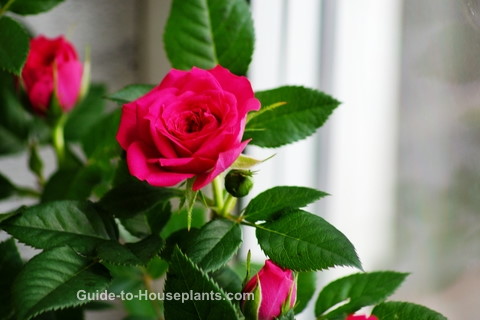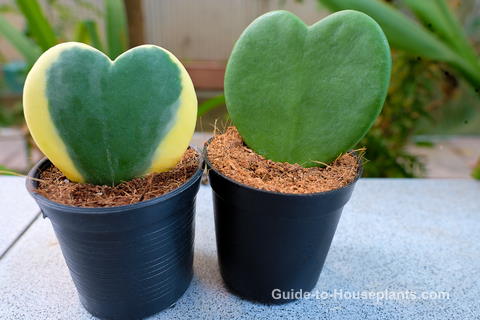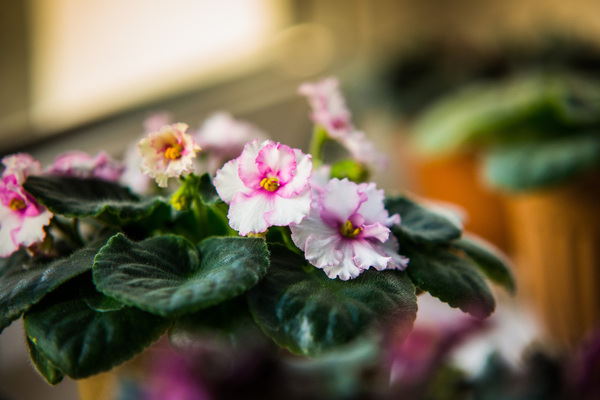Geranium Care Tips
Easy geranium care and big, colorful clusters of showy blooms make these Pelargoniums favorite flowering plants for containers.
In this guide, you'll get help for growing geraniums indoors and when to bring container-grown plants indoors to overwinter. Find out how to care for geraniums, including fertilizing, watering, pruning, plus propagation of cuttings.
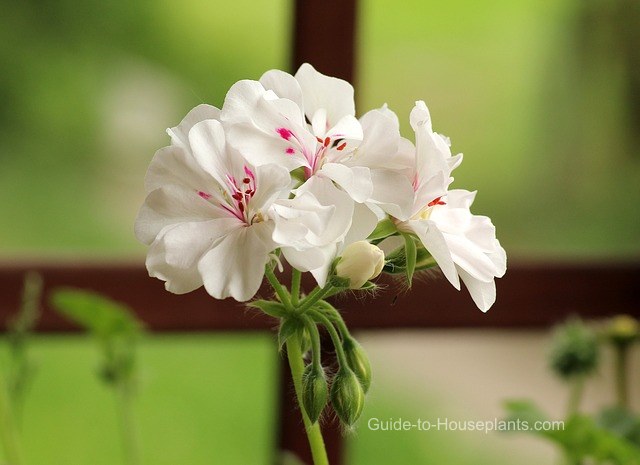
Get to Know Geraniums
Whether you're growing geraniums indoors -- or outdoors on your sunny porch or patio -- Pelargonium hybrids can't be beat for spectacular vigor and bloom.
All summer, you can expect several flowerheads held on succulent stems to cover the plant. The blooms may be single, semidouble or double, and are available in many shades of pink, salmon, red, purple or white.
How big do geraniums get? You can expect full-grown plants to reach 1-3 ft (30-90 cm) tall.
Known botanically as Pelargonium x hortorum, these beautiful bloomers make up a shrubby group of complex hybrids, with origins in South Africa.
Fancy Leaf Geraniums
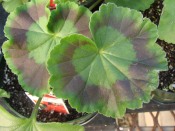
Scalloped leaf edges and a brown, circular ring -- called a zone -- are the hallmarks of many P. x hortorum varieties. These hybrids are often called zonal geraniums because of the zone leaf patterns.
Some zonal cultivars are grown just for their colorful foliage. 'Robert Fish' has small, insignificant flowers, but its red, yellow, brown and green leaves are magnificent. 'Henry Cox' is another fancy-leafed geranium splashed with gold, red, bronze and green.
Caring for Geraniums Year-Round
Let the sun shine. Plants that don't bloom aren't getting enough light. Give your geranium as much light as you can spring through fall, including direct sun. If you're growing geraniums indoors, put the plant in a sunny window.
Deadhead geranium flowers. Remove spent flowers to keep your plant looking neat and to promote more blooms.
Pinch and prune. Pruning geraniums will force new growth, bringing you more flowers. Use sharp pruners and cut at a 45° angle to avoid tearing the stems, which can attract disease. Cut stems back hard in spring to keep the plant compact. Pinching off the growing tips will encourage branching.
Repot in spring. Geraniums bloom best if slightly pot-bound. Move your plant to a pot 1 to 2 inches larger or keep it in the same pot and just give it fresh soil.
Winterizing geraniums. Saving geraniums from year to year requires a cool winter rest. These are tender perennials that won't survive the frost. You can overwinter geraniums in a cool basement or garage with a minimum temperature of 50°F/10°C. During this rest, water sparingly, but don't allow soil to dry out completely. Allow the foliage to die back, then cut the stems back hard in spring.
Green Thumb Tip
Pale circles on leaves are caused by the fungus rust.
Cut off affected stems and leaves. If necessary, spray your plant with a sulfur-based fungicide made to treat rust disease.
With good geranium care, your plant will flower year after year. Geranium propagation from stem cuttings that root readily or from seeds, can easily grow your collection of these gorgeous flowering plants.
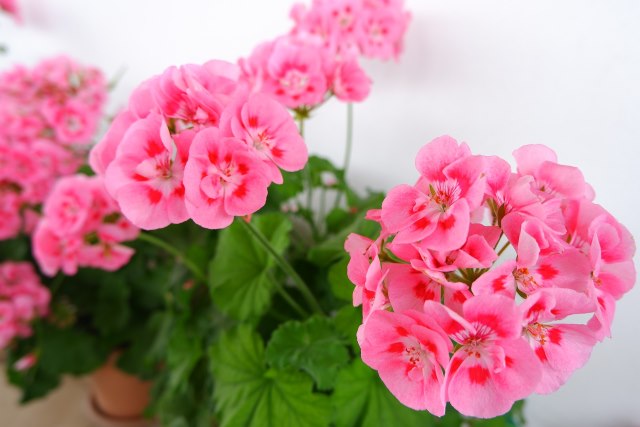 Photo credit glotramem
Photo credit glotramemBuying Tip
You can buy geraniums in garden centers, nurseries and online in spring and summer. Dozens of new hybrids are offered every year, with robust growth and superior flowering. The care of geraniums is easy, so pick as many as you like.
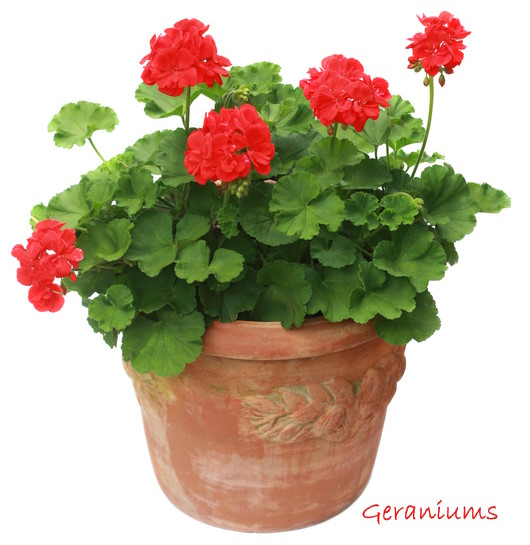 Photo istockphoto
Photo istockphotoGeranium Care Tips
Light: Bright light to full sun. Growing geraniums in a sunny spot outdoors for the summer will give it more blooming power. Just be sure to bring it back inside before the temperature drops to 50°F/10°C at night. Try to move your plant back inside gradually. Move it to a shadier spot first to acclimate it to lower light levels. Sudden changes in light will cause the leaves to drop off. When moving your geranium care should be taken not to brush against the flowers because they can easily fall off.
Water: Water thoroughly, then allow the top 1 in (2.5 cm) to dry out before watering again. Cut back on watering in winter, but don't allow the roots to dry out completely. Use a pot with drainage holes to prevent soggy soil, which can cause root rot.
Humidity: Average room (around 40% relative humidity) or higher.
Temperature: Cool nights (55-60°F/13-16°C) and warm days (65-75°F/18-24°C) will trigger flower buds.
Soil: Peat moss-based soilless mix.
Fertilizer: Feed in spring and summer with a high-phosphorus fertilizer to promote blooming.
Propagation: Take stem cuttings in spring and early summer and root in fresh potting mix. Geranium seed is easy to grow, too. Sow seeds in early spring.
